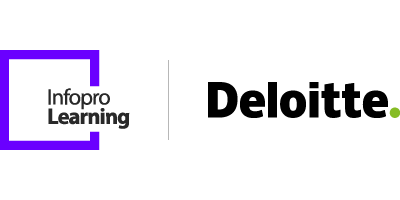From L&D to Harmonized Workforce Development

Julie Hiipakka
Vice President, Learning & Leadership Research Leader, Human Capital Research & Sensing, Deloitte
Historically, HR teams have relied on static organizational constructs and external providers to support their organizational needs. For example, centers of excellence (COEs) offer on-demand expertise, shared services teams provide scalable and efficient support on repeatable tasks, and managed services or specialized vendors address peaks in demand or a lack of access to talent. But work, workforce, and workplace are shifting rapidly: traditional, siloed talent management practices and learning and development (L&D) content creation factories are not able to support the future of work
Mature organizations are shifting to a harmonized workforce development model. Data analysed from our 2020 High-Impact Workforce Architecture research illustrates organizations that systematically and simultaneously design the work, workforce, and workplace—and promote worker development as the core of their workforce strategy—outperform those that don’t.
Download Paper
This research suggests it’s time to replace a siloed approach to talent management (of which L&D is often considered a part) with a harmonized view of what we call "workforce architecture," which is the set of interconnected strategies, processes, and perspectives by which an organization deliberately and continuously synchronizes the workforce, the nature of work and where that work can be accomplished in order to create value and lead through—not just respond to—marketplace disruption. How can organizations organize and connect their managed services and internal capabilities to deliver harmonized workforce development?
